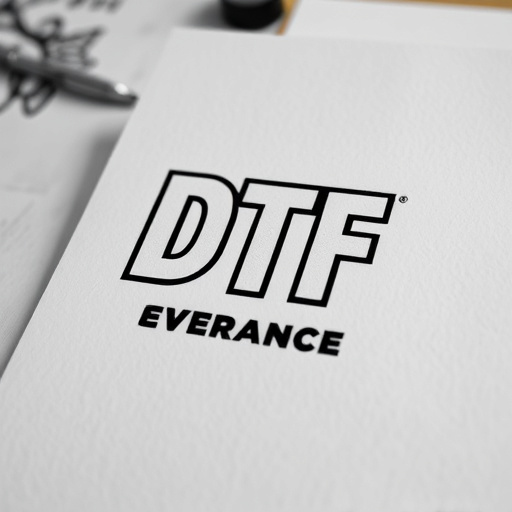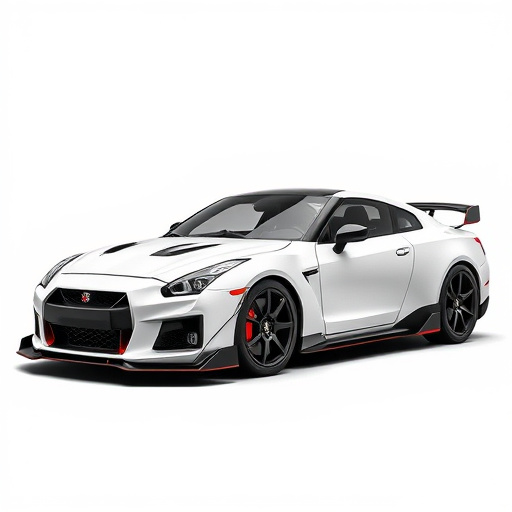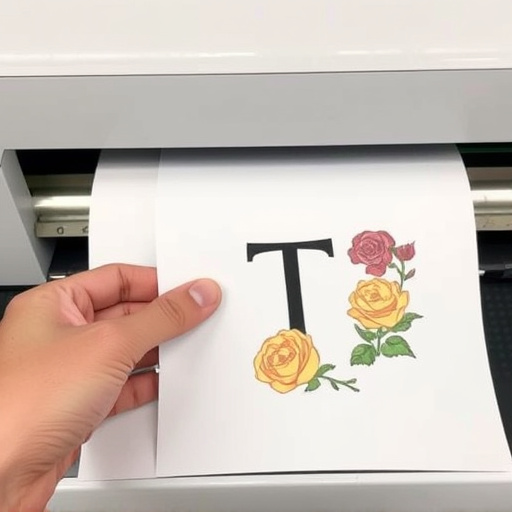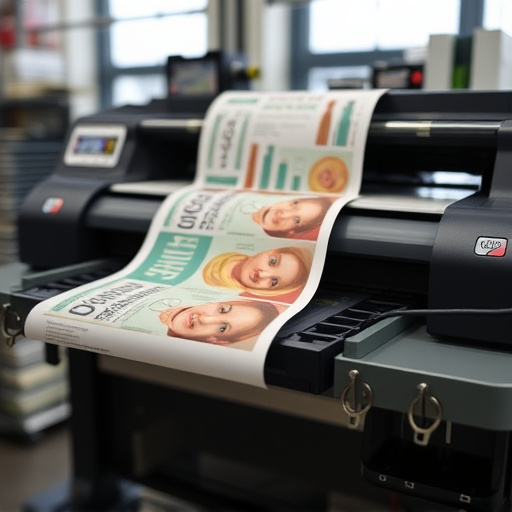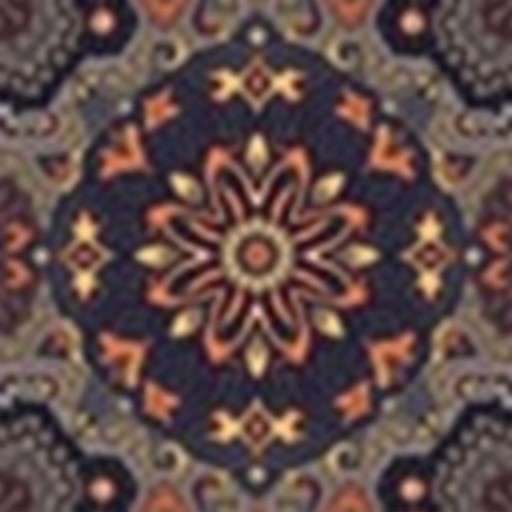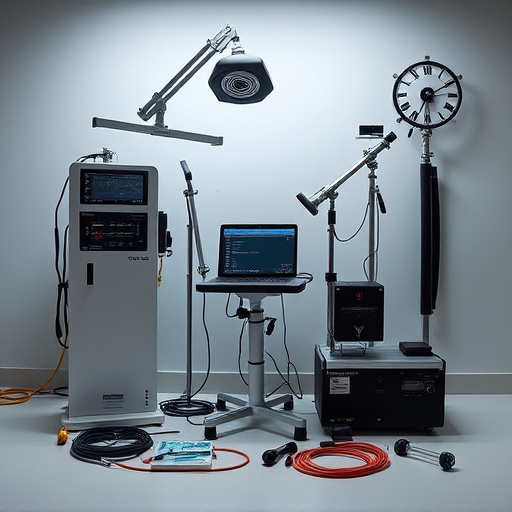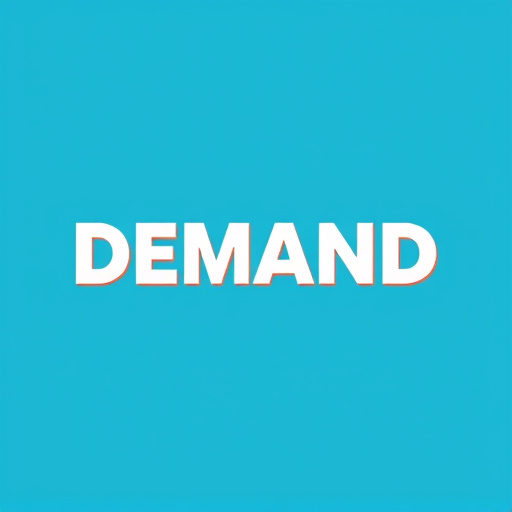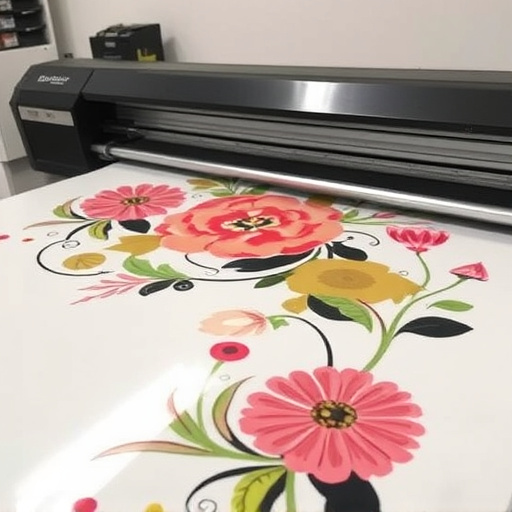Direct to Fabric (DTF) printing is a revolutionary, cost-effective method for designers offering streamlined production, time savings, and high-quality output. Ideal for small batches, one-off designs, and custom apparel, DTF allows direct application of intricate graphics to fabric while significantly reducing production costs compared to traditional methods.
In today’s competitive design landscape, understanding DTF (Design To Final) cost-effectiveness is crucial. This approach streamlines the design process, eliminating unnecessary steps and saving both time and money. By adopting DTF cost-effective practices, designers can deliver high-quality projects efficiently. This article explores the benefits of DTF for designers, demonstrates its practical advantages, and showcases successful case studies, emphasizing why it’s an essential strategy for modern creators.
- Understanding DTF Cost Effective: Benefits for Designers
- How DTF Saves Time and Money: A Practical Approach
- Case Studies: Successful DTF Implementation in Design Projects
Understanding DTF Cost Effective: Benefits for Designers

Understanding DTF Cost Effective: Benefits for Designers
DTF (Direct to Film) printing offers a cost-effective solution that has revolutionized the way designers approach custom apparel and merchandise. This innovative technique allows for high-quality, on-demand production with minimal waste, making it an attractive option for both small businesses and established design studios. By eliminating the need for expensive set-up costs associated with traditional printing methods, DTF is particularly beneficial for designers who want to maintain flexibility and control over their projects without breaking the bank.
For designers, embracing DTF cost-effective practices means more opportunities to experiment with designs, cater to diverse customer preferences, and respond swiftly to market trends. Moreover, direct to film printers like DTG machines are versatile, allowing designers to print on various fabrics and garments, expanding their creative possibilities. This efficiency not only saves time but also reduces overhead expenses, enabling designers to focus on what they do best—creating compelling visual solutions that leave a lasting impression.
How DTF Saves Time and Money: A Practical Approach

Using Direct to Fabric (DTF) printing methods is a game-changer for designers seeking cost-effective solutions without compromising quality. This practical approach saves both time and money, streamlining the production process significantly. With DTF, designers can skip the traditional steps of creating custom sheets for heat pressing designs onto garments. Instead, they directly apply intricate graphics to fabric using specialized equipment, ensuring faster turnaround times.
For those focusing on producing custom graphic tees, DTF offers an efficient and cost-saving alternative. It eliminates the need for elaborate set-up processes, making it ideal for small-batch production or even one-off designs. Whether you’re a professional designer tackling a dtf for t-shirts project or creating unique dtf for custom graphic tees, this method simplifies the workflow and allows you to deliver high-quality results while maintaining a tight budget.
Case Studies: Successful DTF Implementation in Design Projects
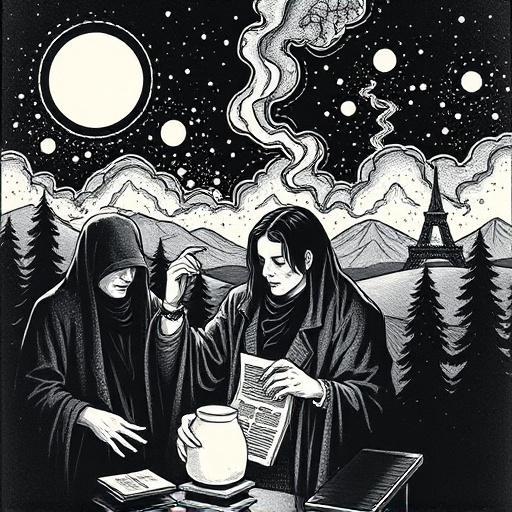
In recent years, Direct to Fabric (DTF) printing has emerged as a game-changer for designers seeking cost-effective solutions. Case studies from various industries highlight its immense potential. For instance, a study focusing on custom t-shirt design found that DTF transfers significantly reduced production costs while maintaining high-quality output. This method eliminated the need for complex setup and multiple print runs, making it ideal for small-batch production or even one-off designs.
Another successful implementation was observed in a fashion house specializing in limited-edition garments. By adopting DTF technology with their heat press machinery, they were able to create intricate patterns directly on fabric, resulting in stunning, unique pieces. This approach not only saved time and resources but also allowed for greater design flexibility, enabling them to stay ahead of the competition in terms of both innovation and cost efficiency.
In conclusion, embracing DTF cost-effective practices is a game-changer for designers. By understanding its benefits and implementing practical solutions, designers can save time and money without compromising quality. The case studies presented highlight real-world successes, demonstrating that DTF can revolutionize design projects and make it an indispensable tool in today’s competitive industry. Adopting this approach ensures designers remain efficient, innovative, and cost-conscious.

